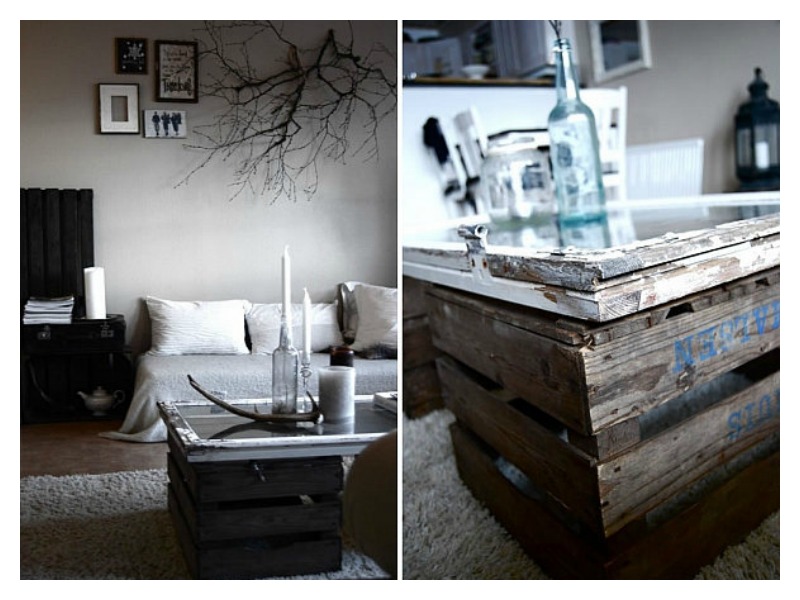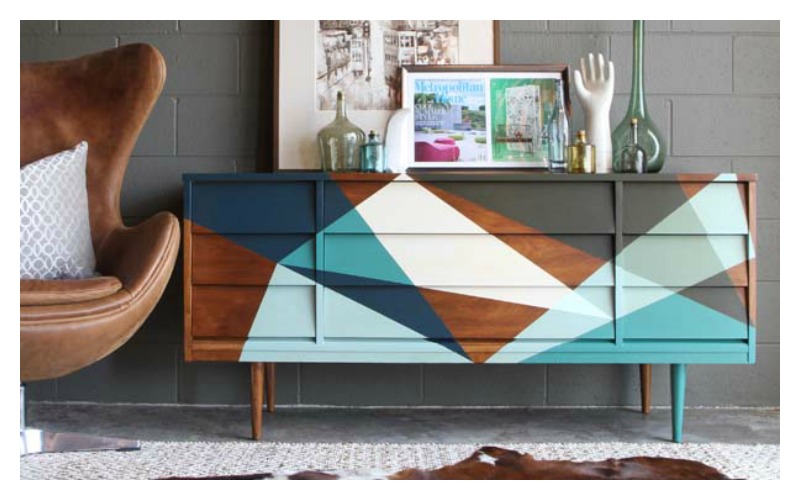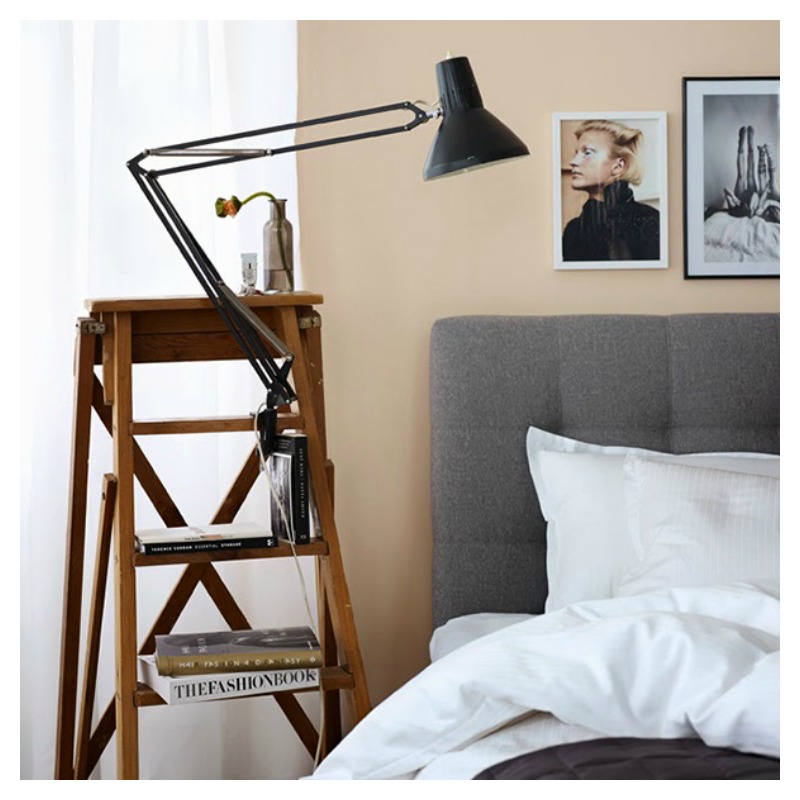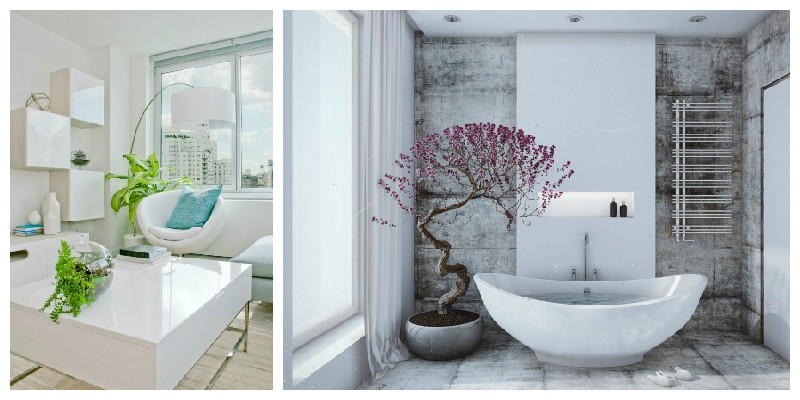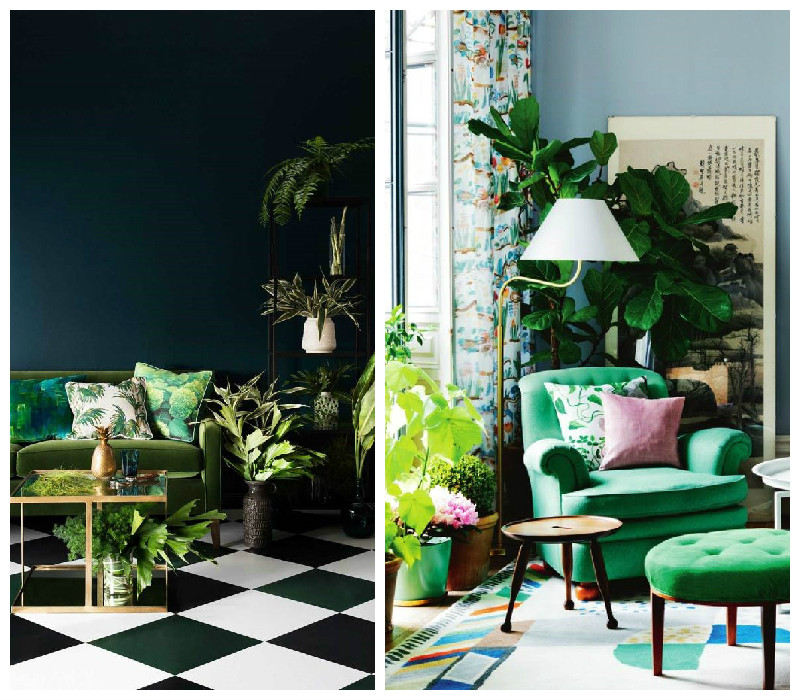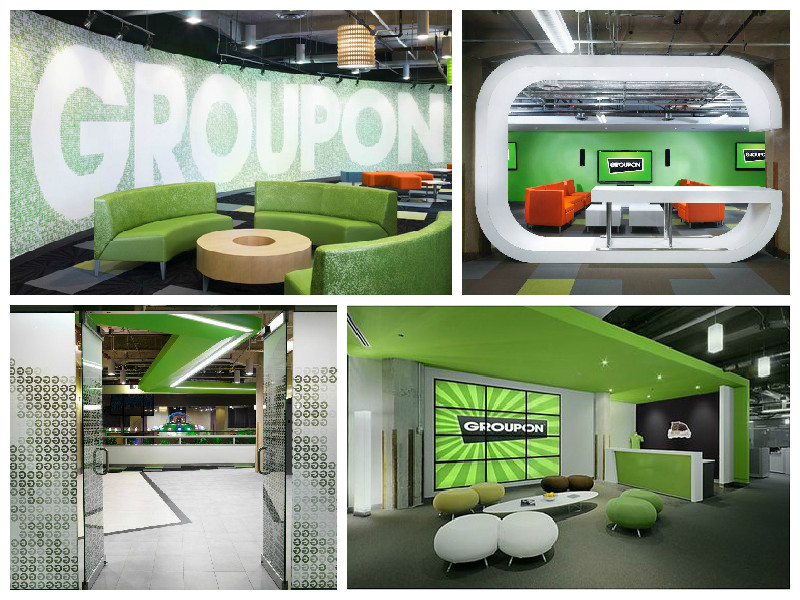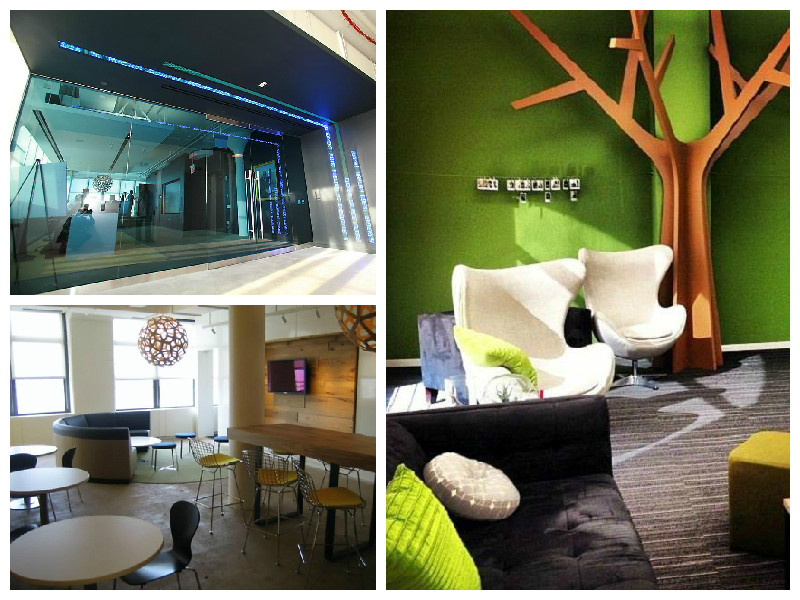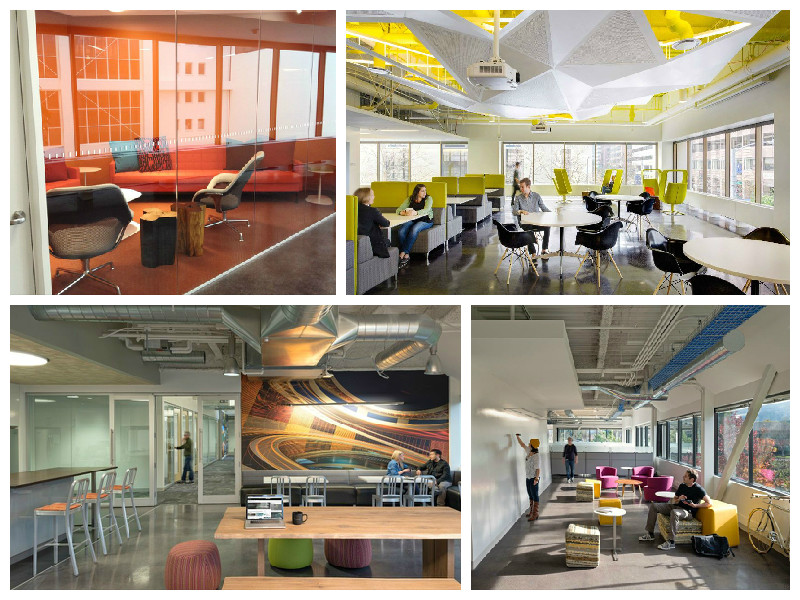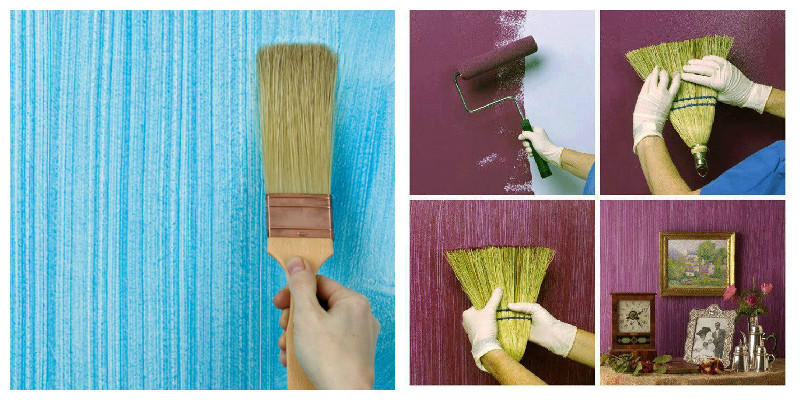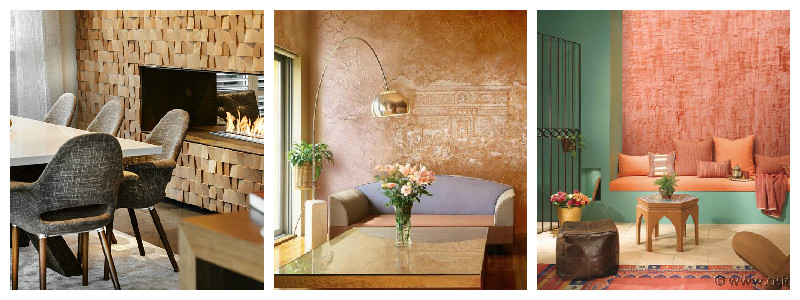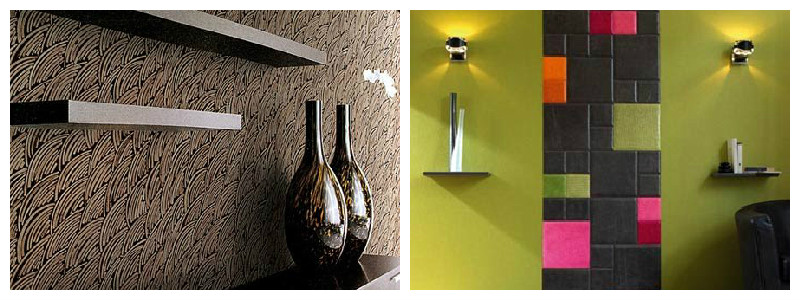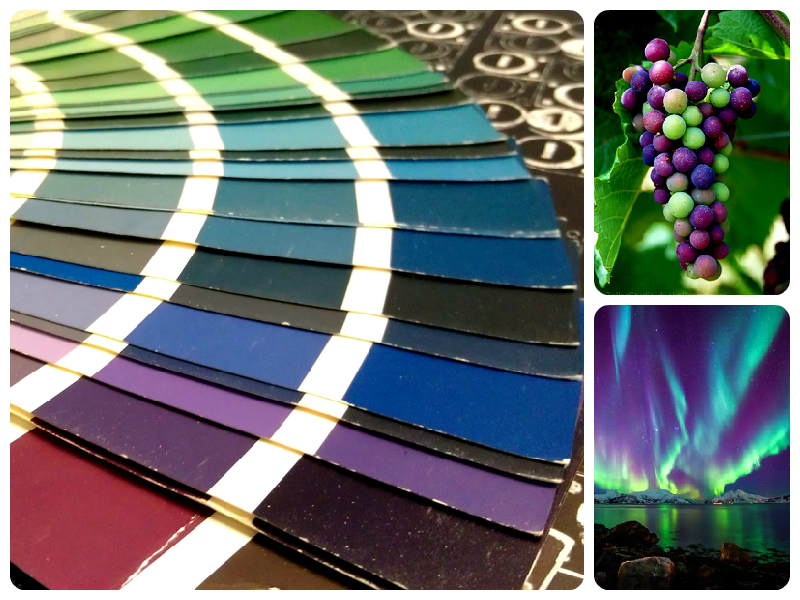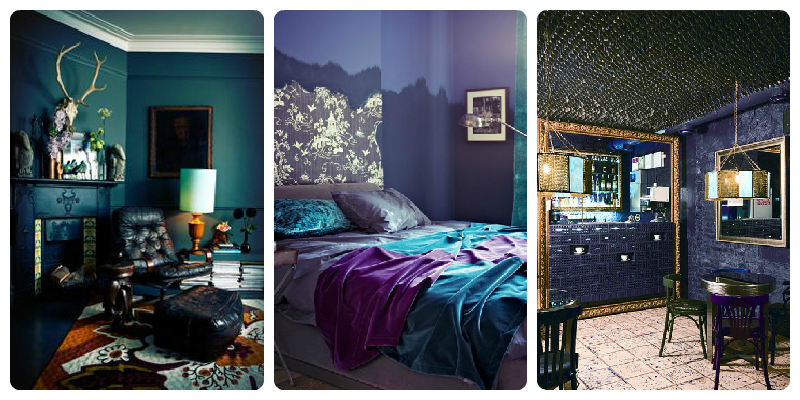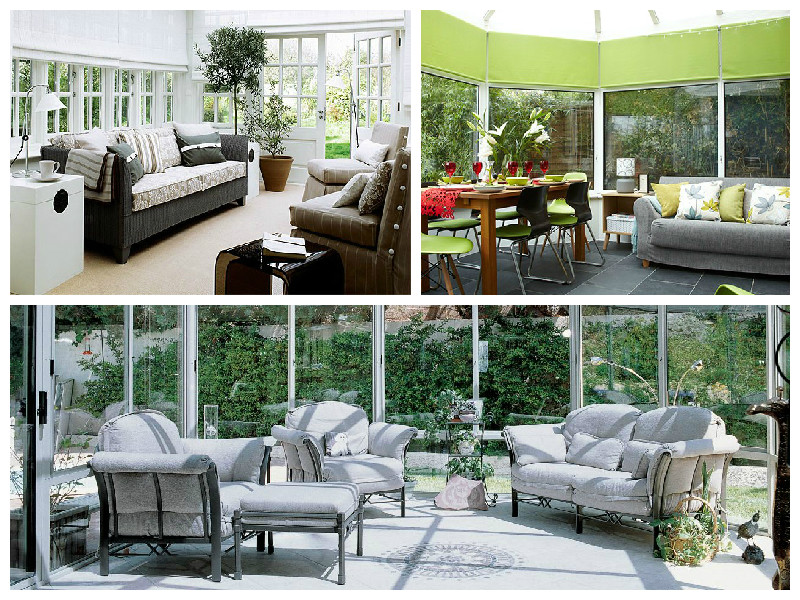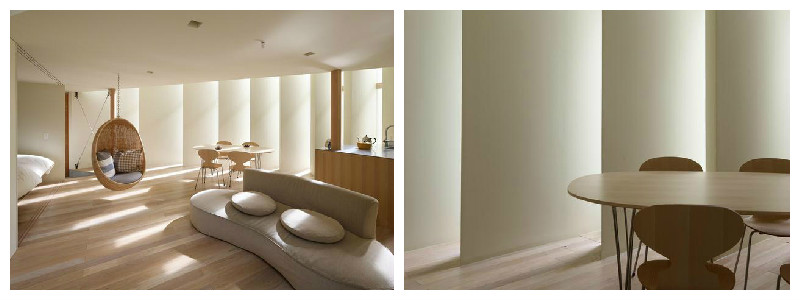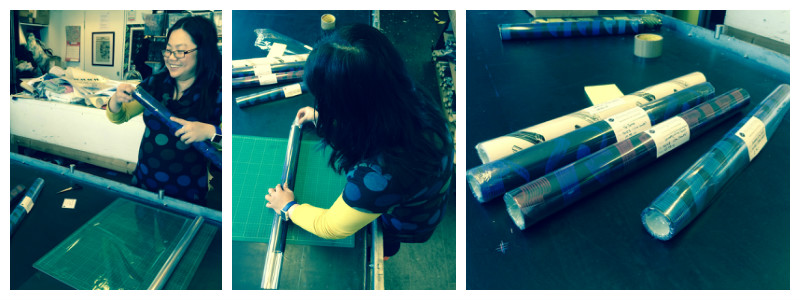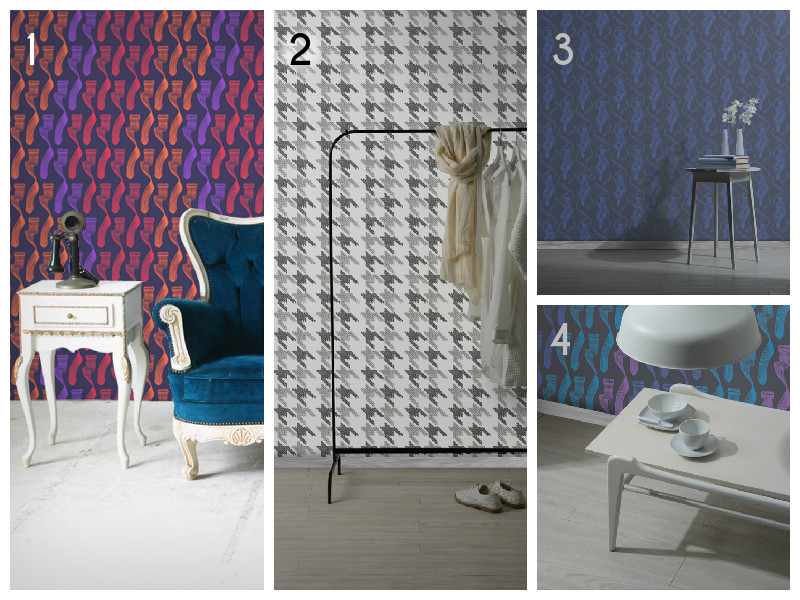We all have those items in our homes. The ones we’ve had for donkey years. We don’t want to get rid of them but we don’t know what to do with them. Or sometimes it is furniture we’ve salvaged from a recent home renovation project.
Instead of taking them to the skip, why not give them a new lease of life? We’ve handpicked three clever ways to repurpose your old furniture into a new useful addition to your home.
Windows as a Coffee Table
If you’d love to reuse that old window you removed recently but can’t think of how, try this. Make it the top for a new coffee table. Like this one we found, they’ve upcycled a few pallets to create this industrial-style coffee table. Upcycling is sustainable and also rewarding.
Repurpose an old credenza
Turn your old mid-century credenza into a new statement piece for your home. Although a bit bulky and definitely requiring knowledge of a thing or two on woodwork, you can breathe new life into your old treasure. This salvaged credenza was stripped, sanded, filled, designed and painted. A good amount of work went into it but it is a beauty to behold. The new designs also add the fun factor.
Step up your décor literally
Not often do you get a ladder take centre stage in the home, talk less of in the bedroom. It can be done with a bit of creativity and vision. Make your bedside more interesting by repurposing an old leaning ladder. This example is perfect for book storage and even holds a spot for the lamp.
When wanting to repurpose furniture, the options are endless. You can turn old furniture into extra seating, new display units and even wall art. Inject personality and sustainability into your home by taking on a few new projects, or maybe one to start with.
Fill us in on your upcycling projects. We’d love to see your photos.
Image sources






